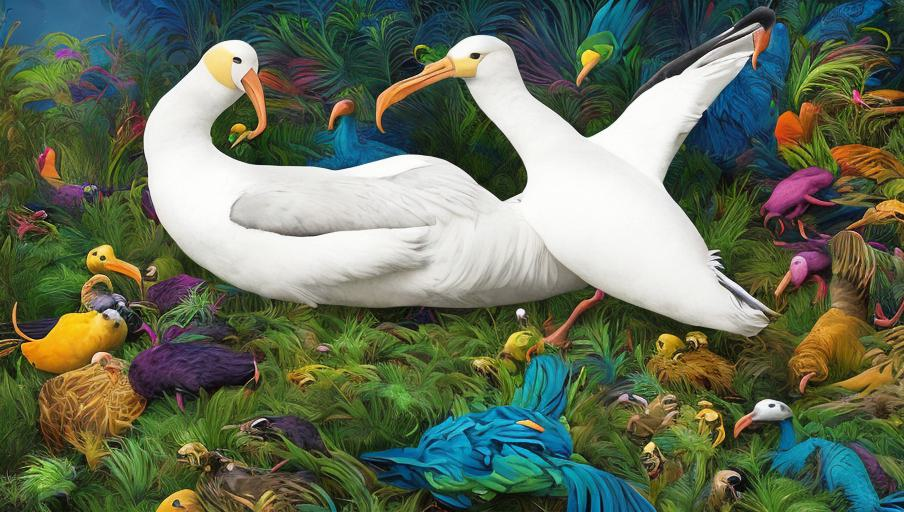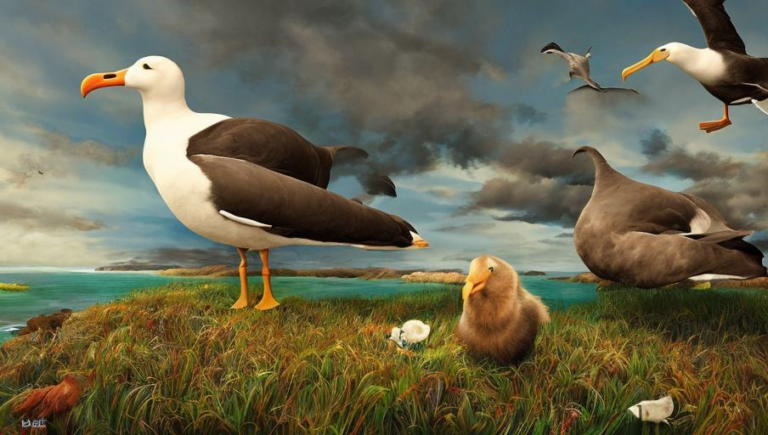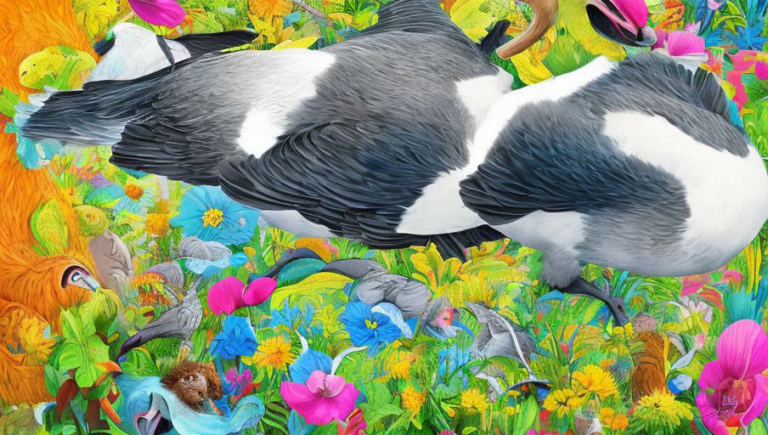Knowing Albatrosses: Uncovering Their Habits

The Majestic Albatross
The Albatross is an iconic species of seabird known for its large wingspan and graceful gliding motion. These birds are the largest of the procellariiformes, a family that includes petrels, shearwaters, and fulmars. Albatrosses can be found in vast colonies throughout the world’s oceans, from the Arctic to the Antarctic and everywhere in between. Some species of albatross have even been known to fly for thousands of miles in a single journey.
Adaptations for Flight and Survival
Albatrosses have a variety of adaptations that enable them to be successful fliers and to survive in the open ocean. One of the most notable features of albatrosses is their wingspan, which can range from 7 to 12 feet across in some species. This allows them to soar effortlessly on air currents, and they can cover large distances in a single flight. Albatrosses also have a special organ in their beak that can detect underwater air pressure, allowing them to find food in the open ocean. Finally, they have a thick layer of waterproof feathers that protect them from the cold, wet conditions of the ocean.
Feeding Habits
Albatrosses primarily feed on fish, squid, krill, and other crustaceans. They have a few unique methods for catching their meals. For instance, some species of albatross will dive into the ocean to catch their prey, while others will skim the surface of the water looking for food. Albatrosses will also take advantage of the upwelling of fish that occurs when large schools of fish are disturbed by boats or other predators. Finally, albatrosses will follow fishing boats, as they have learned that the boats often stir up prey.
Reproductive Habits
Albatrosses are monogamous birds, and they will often return to the same nesting site year after year. Usually, the female will lay a single egg, which is incubated by both the male and the female. The young birds will stay with their parents for a few months before they begin to learn how to fly. Once they can fly, they will migrate to feeding grounds in the far reaches of the ocean.
Threats to Albatrosses
Albatrosses are facing several threats to their survival. One of the main threats is plastic pollution, which has been found in the stomachs of many dead albatrosses. Additionally, albatrosses are threatened by longline fishing, which ensnares the birds in the lines and drowns them. Finally, albatrosses are threatened by habitat loss, as their nesting grounds are being eroded by rising sea levels.
Conclusion
Albatrosses are majestic creatures that have adapted to survive in the open ocean. They have a variety of methods for finding food, and they are highly monogamous. However, these birds are facing a number of threats to their survival, including plastic pollution, longline fishing, and habitat loss. It is important to recognize the importance of these creatures and to take action to protect them.





